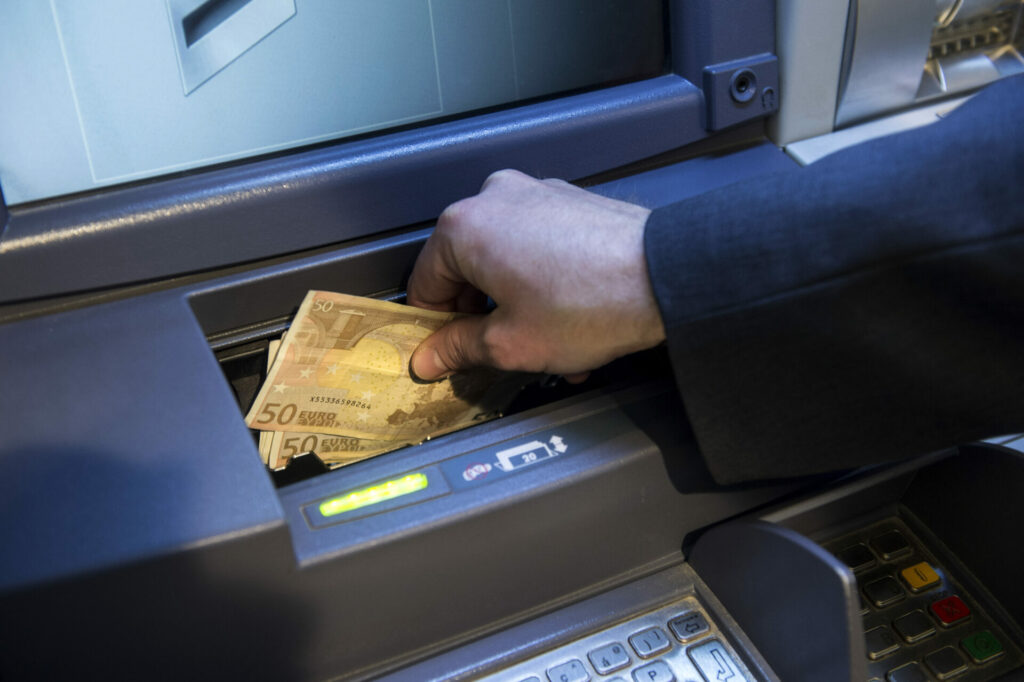Already set on a slippery slope oiled by the energy crisis, the euro plunged below the one-dollar mark earlier this year. It has since rallied slightly but the currency's woes look set to continue.
Over the summer the euro lifted slightly despite the ongoing war in Ukraine. Yet by the end of September, it fell to its lowest point ever: $0.958. Since the start of October, the euro has risen slightly against the dollar, leading some economists to glean a modicum of optimism.
"This appreciation is significant even if, at $1.04 now, the euro is still a long way from the $1.21 it was before it started to depreciate in mid-2021," Eric Dor, Director of Economic Studies at the IESEG School of Management, told The Brussels Times.
Monetary tightening and economic constraints
The long depreciation of the euro was brought on by several factors, most notably the difference in interest rates (interest differential) between the US and the eurozone and their varying monetary policies.
The US central banking system (the Fed) started raising rates well before the European Central Bank (ECB) — which only started to raise its key rates on 21 July. Dor also highlights the extent of these interventions – the Fed did so "very sharply from the start" – leading to a large difference in interest rates favourable to the dollar.

Exchange rate of the euro to dollar. Credit: IESEG
Given the ECB's fears that increasing interest rates would steer the bloc towards a new eurozone public debt crisis, markets assume that the currency differential would persist, leading investors to buy the dollar over the euro.
Investors also recognise the US market as being more resilient than Europe's: it is largely self-sufficient in its energy and is even an exporter of LNG. To this extent, it is much less vulnerable to the geopolitical crisis that faces Europe, which faces recession and a contraction in growth.
Ending affordable credit
In July, the ECB attempted to curtail runaway inflation by raising interest rates for the first time in over a decade. Whilst this makes borrowing significantly less attractive, the bank hoped to stall spending and thereby inflation.
In spite of these changes, eurozone inflation reached 9.9% in September, resulting in the ECB confirming that it will raise the three key interest rates by 75 basis points. "Inflation remains far too high and will stay above the target for an extended period," a September statement read.
This all makes for a worrying outlook for the euro although this is contradicted by its recent appreciation against the dollar. Dor explains that inflation is expected to peak in the US before it does in the eurozone, which would lead the Fed to abandon its monetary tightening before the ECB, thereby narrowing the interest rate differential.
Related News
"That said, it is far from certain that the euro will continue appreciating against the dollar," Dor cautions. He highlights the lack of clarity about interest rates, notwithstanding the speculation. Meanwhile, the ECB's council members fear that strong rate hikes could induce a recession.
"This implies that the rise in European rates could slow, while at the Fed some governors are arguing in favour of continuing monetary tightening." This would lead to a longer-term and large interest rate differential in favour of the dollar.
"We may have to wait at least half a year and hope the geopolitical situation calms down before a meaningful appreciation of the euro against the dollar can begin," Dor concluded.

